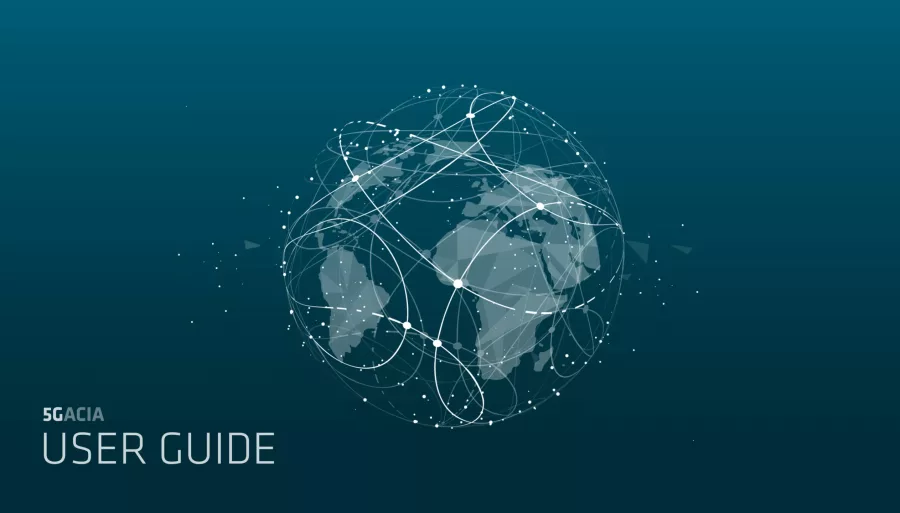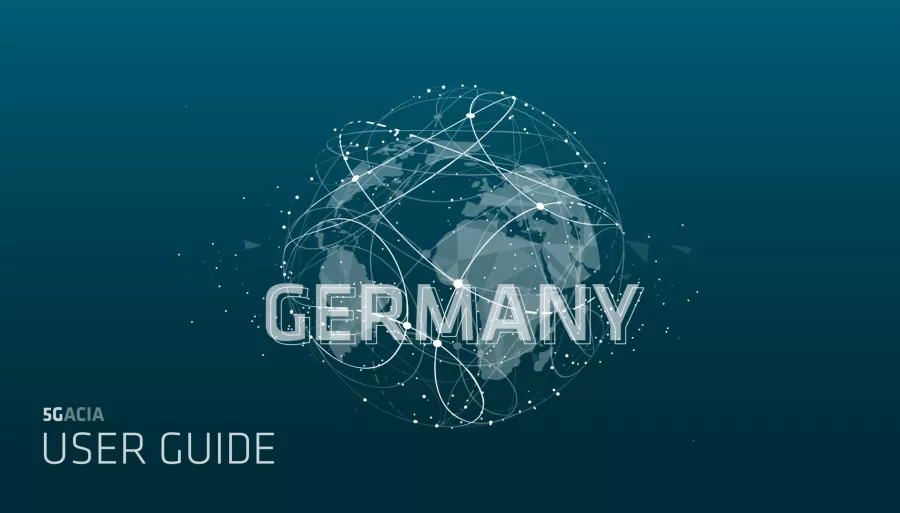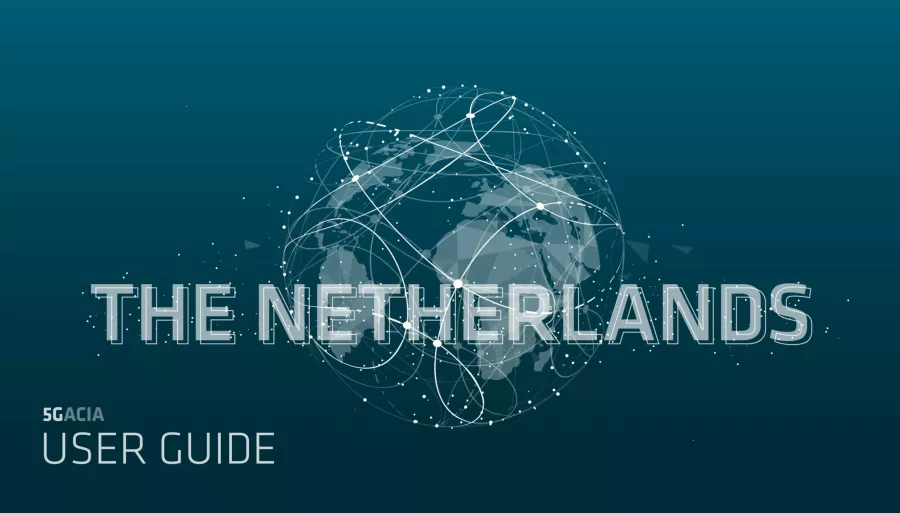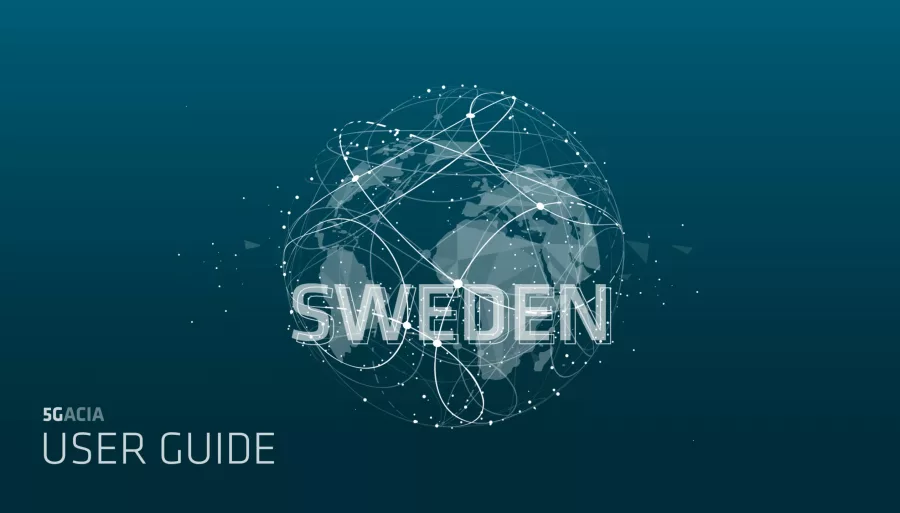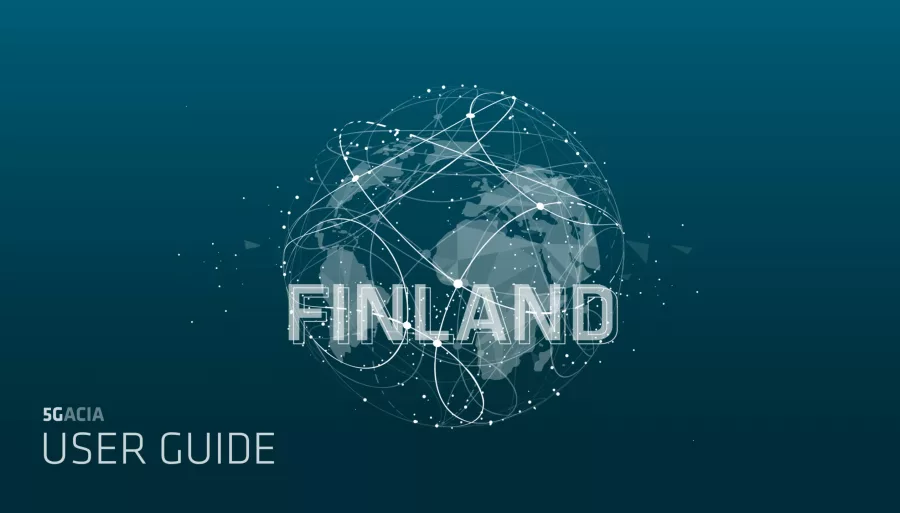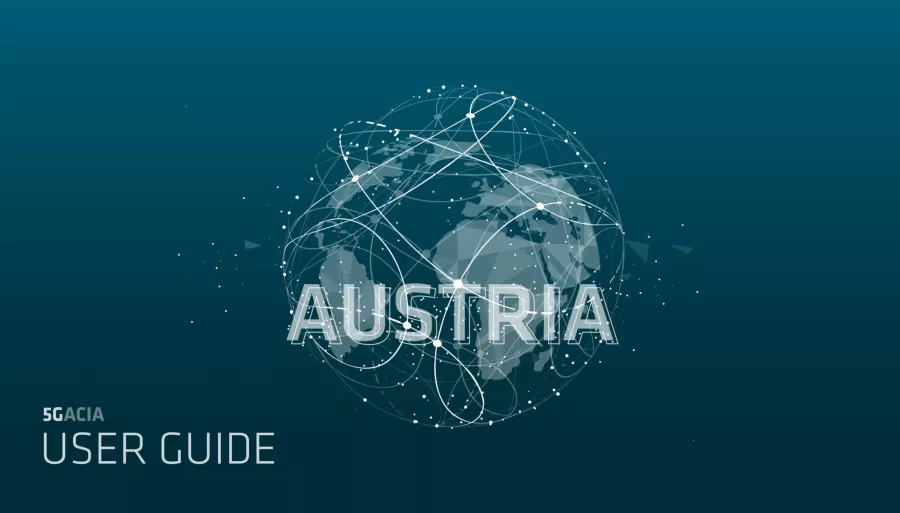Dedicated Spectrum for Local Non-Public (Private) 5G Networks: 4.6-4.9 GHz and 28.2-29.1 GHz
Since December 2019, the 28.2-28.3 GHz band has been allocated for local 5G use in Japan. This band can provide both indoor and outdoor local coverage within private premises. Starting in December 2020, additional frequency bands were also made available for local 5G use:
- 4.6-4.8 GHz: for indoor use only,
- 4.8-4.9 GHz: for both indoor and outdoor use, and
- 28.3-29.1 GHz: 28.3-28.45 GHz for both indoor and outdoor use; 28.45 GHz and above may be used for outdoor installations, provided no protection is required for fixed satellite operations.
A radio frequency usage fee (annual fee) applies to local 5G radio stations, with the fee depending on the assigned frequency band. The license duration is five years.
Local 5G is intended to be deployed on the building or land owned by the entity applying for the license. Typically, local enterprises and institutions provide local 5G services, with coverage generally limited to the premises and buildings owned by the entity. Users of these services are either members of the entity or the general public.
A company holding the license for a local 5G band can lease the assigned frequency band to third parties to offer local 5G services, enabling base station sharing across multiple premises. Mobile Network Operators (MNOs) are not eligible to obtain local 5G licenses, although they may assist in constructing local 5G systems. However, cooperation between nationwide 5G bands and local 5G bands through Carrier Aggregation (i.e., “pooling”) is not permitted.
To deploy local 5G, an application for a Radio Station License (pursuant to Article 4 of the Radio Law) must be submitted. The application process follows the Radio Station License Procedure Regulations (Radio Regulatory Commission Regulations No. 15 of 1950), with section 2 defining the licensing procedure for granting a license.
More information is available at:
1) Local 5G Deployment Guidelines version August 2023:
https://www.soumu.go.jp/main_content/000897566.pdf
https://www.soumu.go.jp/main_content/000804432.pdf
2) Partial report on technical conditions for Local 5G:
https://www.soumu.go.jp/menu_news/s-news/01kiban14_02000452.html
3) Radio station licenses

